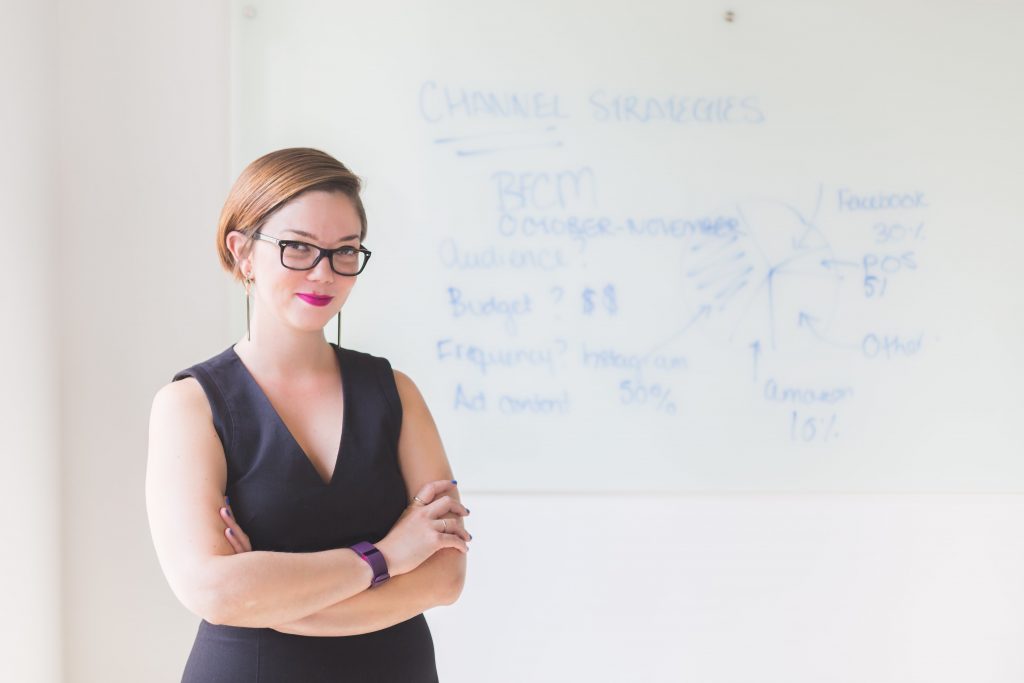Over the course of the last few years, artificial intelligence (AI) has become recognized as one of the keys to solving some of the world’s most complex issues, unlocking a level of growth and innovation that has never been seen before. Governments across the globe are now shifting gear, actively designing investment approaches, incentives and discussing regulatory frameworks to help their nations maintain a top spot in this emerging industry. And much like global counterparts, Canadian policy makers and industries are grappling with the challenge of regulating without stifling innovation.
AI was a central focus at the 2017 annual business of AI conference hosted by Rotman’s Creative Destruction Lab (CDL), a Canadian accelerator that builds AI-powered startups. At the conference, Canada’s Prime Minister Justin Trudeau said the following about AI: “Let’s be part of it and help shape it, and let’s make sure we’re benefiting from the innovations – in both the designing of them and the applications and the jobs.”
Let’s remember this isn’t just a gender issue, we need to think broader and ensure our machines are learning about ethnicity, race, language, skin colour, and age.
For all the good that is being touted about AI, there are also some unsavoury reports on the effect AI could have on current workforce demographics far more imminent than the Hollywood narrative of ‘robots taking over the world.’ If true, this could rock women’s hard-fought and rightful place on the career ladder. This is demonstrated in recent research from PwC, which indicates that women’s jobs could be disproportionally affected by automation over the next decade – with potentially 23 percent of women’s jobs at risk, around seven percent more than men.
At a crucial time when the world is discussing and designing the way that AI will change the way we work, the higher risk of displacement felt by certain members of society must be made more visible and addressed alongside the serious skills shortage we are seeing in the tech sector among women today.
According to a 2017 report from Women in Communications and Technology’s (WCT) Up TheNumbers campaign, only 13 percent of Canadian engineers are women, with women in computer science making up the most underrepresented segment. Despite these dismal stats, it’s inspiring to see women like Elizabeth Dubois, an assistant professor at the University of Ottawa, working diligently to increase political participation and engagement by studying the role and influence of political bots in elections.
Given the near-limitless application of AI technology touching all areas of the business, consumer, and industrial worlds, ensuring that AI doesn’t perpetuate the bias that humans share is the only way we will realize the maximum benefits it offers. We now need to focus on increasing access to career opportunities, skills and encouraging women from all backgrounds to consider the doors that AI will open for their future.
Now is the perfect time for any woman to get involved – here are five reasons why.
We need to help inform public perception and understanding
If you’ve ever used predictive search on Google, asked Siri about the weather, or requested that Alexa play your favorite song — then you’ve used AI.
However, research conducted by Sage shows actual public understanding of AI is extremely limited, and this is hurting perception and sentiment. In fact, 43 percent in the United States and 46 percent of respondents in the UK admitted that they have ‘no idea what AI is all about.’ Given that most of us are using this technology every day, it is essential that we the industry takes responsibility for dispelling rumors and present the true potential of AI in an understandable way.
You don’t need a computer science PhD
The beauty of AI is that it is designed to augment human intelligence in a range of different ways. Life as we know it has not been built around hardware and tech – we are artists, thinkers, caregivers, inventors and more. Therefore, there are a huge number of opportunities outside the science and tech-specific roles when it comes to building useful AI. We need groups of both men and women, enthusiastic individuals, passionate about the opportunities that this technology can bring, with expertise in problem-solving, psychology, language, design, storytelling, anthropology and law, to name a few.

The only way we will create truly intelligent AI, is if it is taught to work, react and understand language the way we do.
Bias is our greatest threat and will only slow progress
While the design of famous AI personas like Alexa and Siri are heavily gendered towards female stereotypes, women engineers remain a rare occurrence in the overall talent pool of engineers creating them today. This is a serious problem that needs to be fixed if we want to realize the greatest scientific and economic benefits of the technology – and this starts in schools and at home, we need to show our girls from the get-go that no career is out of their reach.
Moreover, AI needs to be built to reflect the diversity of its users. Women and men work, live, and think differently – we need to capture as many different perspectives as possible to produce a high-quality product with maximum potential. And let’s remember this isn’t just a gender issue, we need to think broader and ensure our machines are learning about ethnicity, race, language, skin colour, and age — all the things that make us unique.
The STEM industry recognizes the need for change, now
According to Canada’s Minister of Science Kirsty Duncan, Canada is sorely behind other nations when it comes to women in science, with only 36 percent of science PhDs in Canada earned by women, compared to 49 percent in the UK and 46 percent in the United States.
This is not good enough and poses a serious threat to the future global competitiveness of Canada’s science and technology sectors. There has never been a greater need for change, and the industry is ready for it. Universities and businesses are showing positive developments to help address this, with key influencers and stakeholders making a dedicated effort to improve those numbers.
Some of the most pioneering researchers and developers of AI are women
As someone who builds AI applications like Pegg every day, I have been privileged to work alongside some of the greatest minds in the AI industry – many of whom are women. We have a wealth of fantastic role models, but unfortunately the narrative up until now has been heavily dominated by one gender. This influences the assumption that there is limited opportunity for young girls to pursue a path in this field, which is totally untrue. We need to challenge these damaging perceptions.
I am passionate about making AI a transformative and productivity-enhancing revolution for all. However, the biggest hurdle standing in our way is building machines that don’t truly represent the entire human race. Here at Sage, we created the pioneering code of ethics, helping businesses to follow five key guidelines when working with AI. It covers everything from how to name virtual assistants to building diverse data sets that help companies make hiring decisions when gender is taken out of the equation.
If we commit to a common goal to include more diversity in all aspects of the design, programming and deployment of AI, this technology has the potential to transform the way we do business and live our lives for the better, every day. And everyone deserves to benefit from it.
Feature photo via Unsplash

